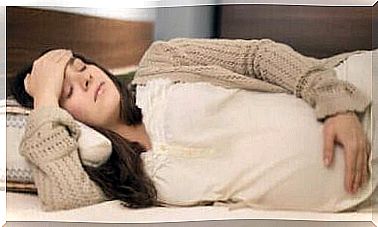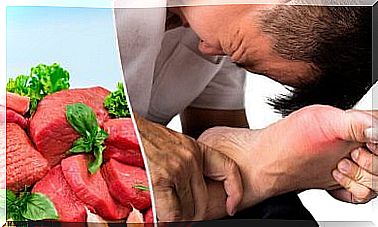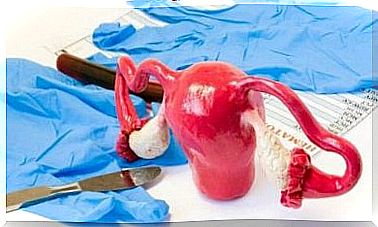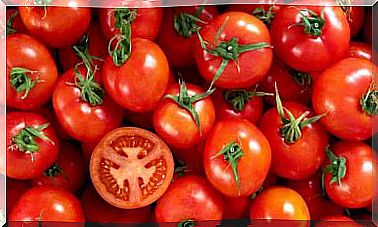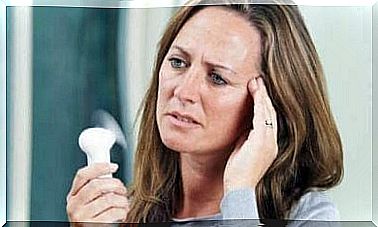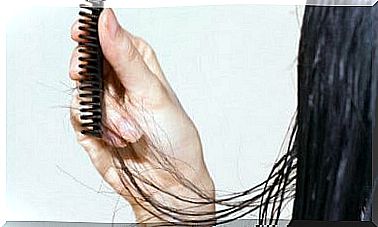Tips To Reduce And Prevent Muscle Cramps

Muscle cramps can occur suddenly in any muscle and can be quite painful. Fortunately, we have some great tips to reduce muscle cramps.
The muscles that cramp most regularly are those in our calves and thighs. Muscle cramps can also occur in our feet, hands, or arms. In today’s article, we’ll give you the necessary directions to relieve this common form of muscle pain.
Why do we get cramps?
Muscle cramps usually occur in the evening or night, but it can just as easily happen suddenly while we are walking or exercising, or during our daily activities.
Sometimes a muscle cramp is just a short sharp pain that lasts about 15 seconds, while other times the cramp lasts for minutes and it seems like there’s nothing we can do to loosen the stiff muscles.
There are many reasons why our muscles, for example those of our legs (the most common place), cramp, including:
- Excessive use of muscles through exercise
- Dehydration or low potassium and sodium levels
-
Sedentary Lifestyle and Overweight
- Pregnancy
- Hyperthyroidism
- Kidney failure
Muscle cramps are almost always harmless and disappear on their own in the long run. In most cases, medical assistance is not necessary. However, if it is a persistent problem, it is important to consult a specialist.
A medical professional can take blood tests to check that the kidneys and thyroid are functioning properly. In addition, this test can measure the levels of calcium and potassium in our blood.
They may also take an EMG (electromyogram). This is a test that measures muscle activity and checks the spinal cord.
With this analysis , the doctor can determine the cause of the muscle cramps and prescribe a treatment that suits the patient.
If the studies do not produce any worrisome results, the next step is to rule out any of the following autoimmune disorders:
- Fibromyalgia
- Arteriosclerosis
- Lupus
- Multiple sclerosis
- Rheumatoid arthritis
Tips to reduce muscle cramps
Since most muscle cramps occur in the legs, we give you a number of exercises below that can relieve the pain in this area.
1. Stretch your toes

- Sit on a bed or sofa and extend the cramped leg as much as possible.
- Then, with your hand, pull your toes toward you, toward your chest.
- Your ankle should now be slightly off the bed or couch.
- Hold this pose for at least 30 seconds.
2. Walk on your heels
Gently get up from the bed or couch, then try to walk around with all your weight on the base of the cramped leg.
By walking in this way you stimulate the necessary supply of blood and oxygen to the calf muscles.
3. Press your foot against a wall
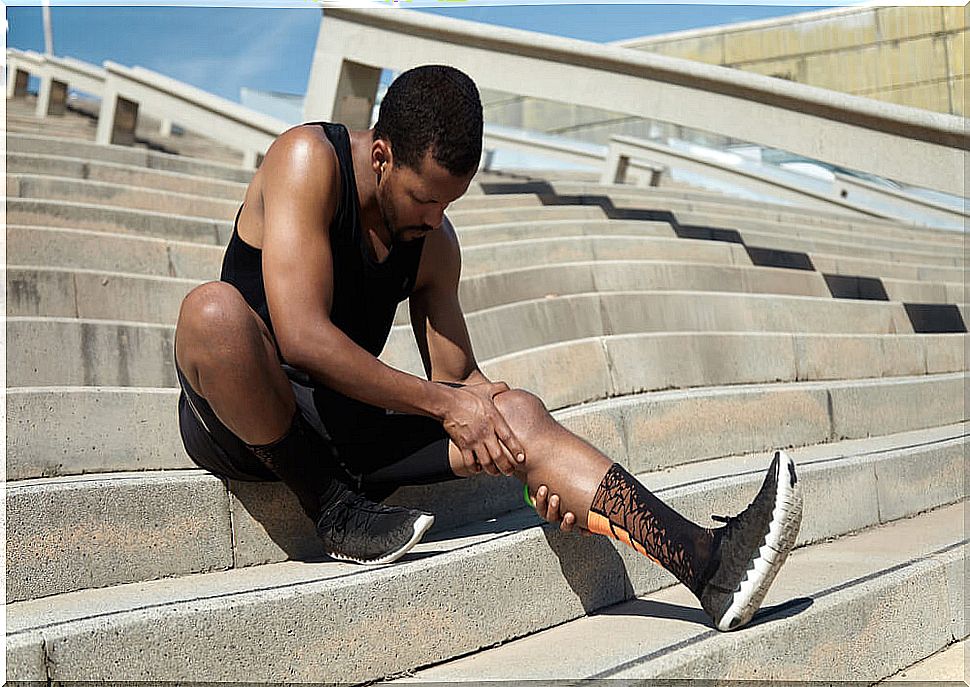
Another way to reduce muscle cramps is to apply pressure to the cramped area and thereby stretch the muscle.
- Stand facing the wall and press the sole of your foot against the wall.
- Then place your hands against the wall and bend your elbows.
- You should now feel a stretch in your leg muscles as you do this move.
You can also place your cramped leg behind your other leg and bend the knee of your good leg. Use your hands to support your weight against a wall or solid surface.
4. Walking on tiptoe
Cramps in the calf muscles are common when we exercise regularly, stand or walk for long hours, or wear high-heeled shoes. This exercise can relieve the pain.
It’s simple: walk around your house or office on tiptoe (barefoot or in socks) for as long as you can.
You can also choose to alternate on your toes and your heels to stretch this area. Use a wall or chair to hold on to so you don’t lose your balance.
5. Massage
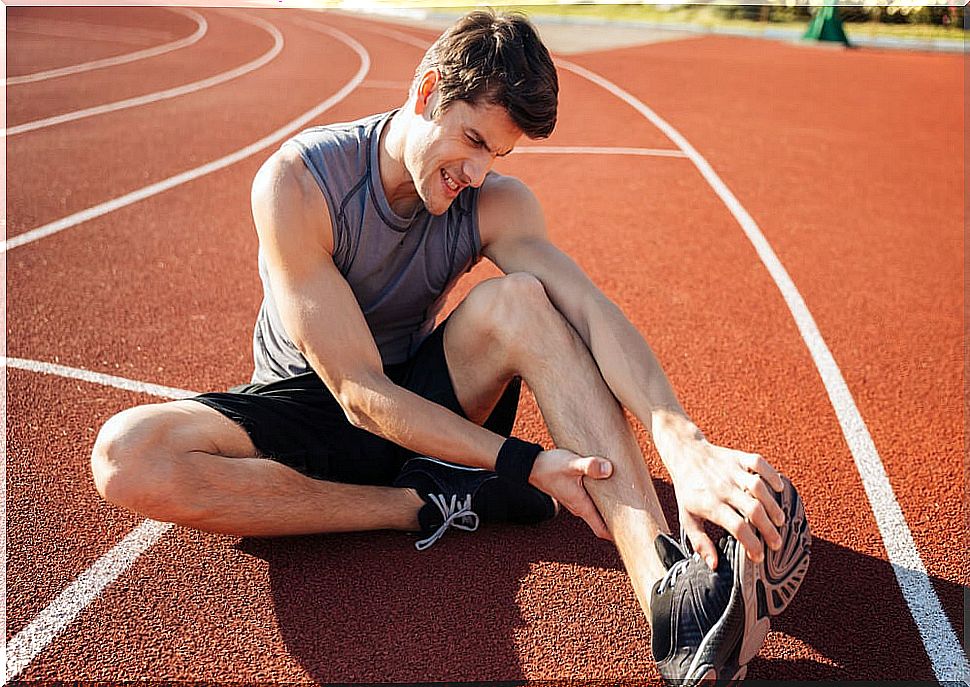
The first thing we do when we experience muscle cramps is to massage the area with our fingers. However, there is another technique we can use:
- Sit down and place your cramped leg on top of your other thigh.
- Then massage the entire muscle in circular motions until all tension is gone.
- Adjust the pressure to what feels right for you.
6. Apply heat
An electric blanket or hot pack can be helpful if you are experiencing muscle cramps. Also try one of the following tips to reduce muscle cramps by applying heat to the site of the cramp.
- Pour boiling water over a towel and apply it to the cramped area. Be careful not to burn yourself!
- You can also take a hot shower and let the water run over your leg or the cramped muscle.
How do you prevent cramps?
In addition to the above tips to reduce muscle cramps, you may also be looking for ways to prevent the cramp. Here are some recommendations.
1. Chestnuts
One of the lesser known, but very effective tips to reduce muscle cramps is to use chestnuts. This nut is able to increase the capacity of your arteries and blood vessels. You can find them in health food stores, among other things, often in the form of capsules.
2. Water
It is essential that your muscles are well hydrated to avoid muscle cramps. That is why we recommend that you drink at least 2 liters of water per day.
If it is a hot day or if you have exercised, increase this amount to 3 liters per day. If you don’t like drinking water on its own, you can also choose to make herbal teas, juice or smoothies.
Keep in mind that coffee and soda don’t count towards your water intake.
3. Bananas
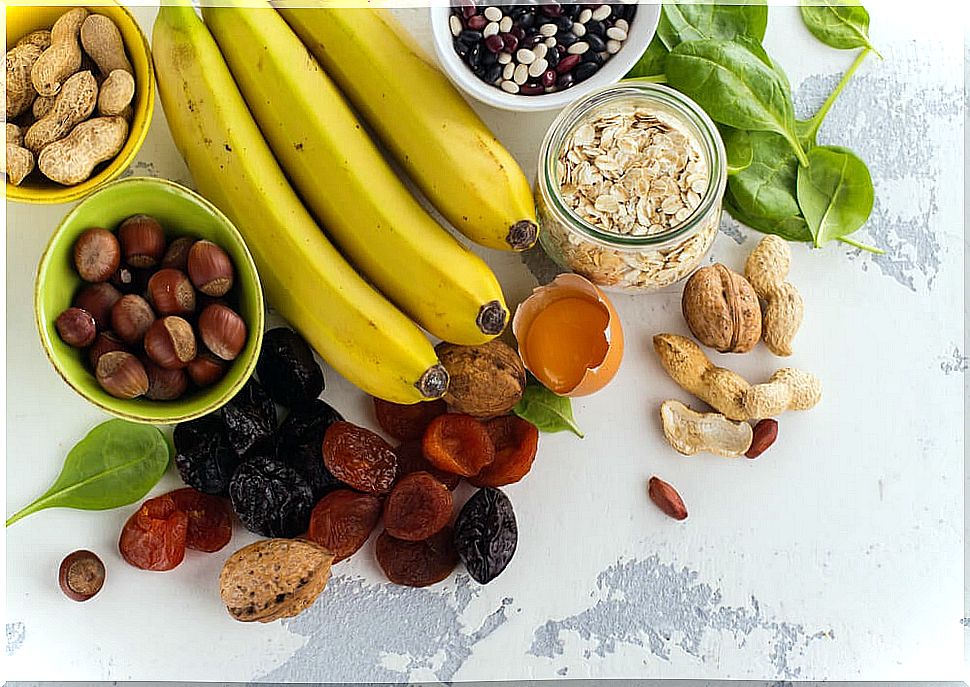
Muscle cramps can also be caused by a lack of potassium. One of the foods richest in this nutrient is banana. This is exactly the reason that you often see top athletes eating a banana during their rest breaks.
Another option is kiwi. You can eat these fruits several times a week in smoothies, fruit salads or juices.
